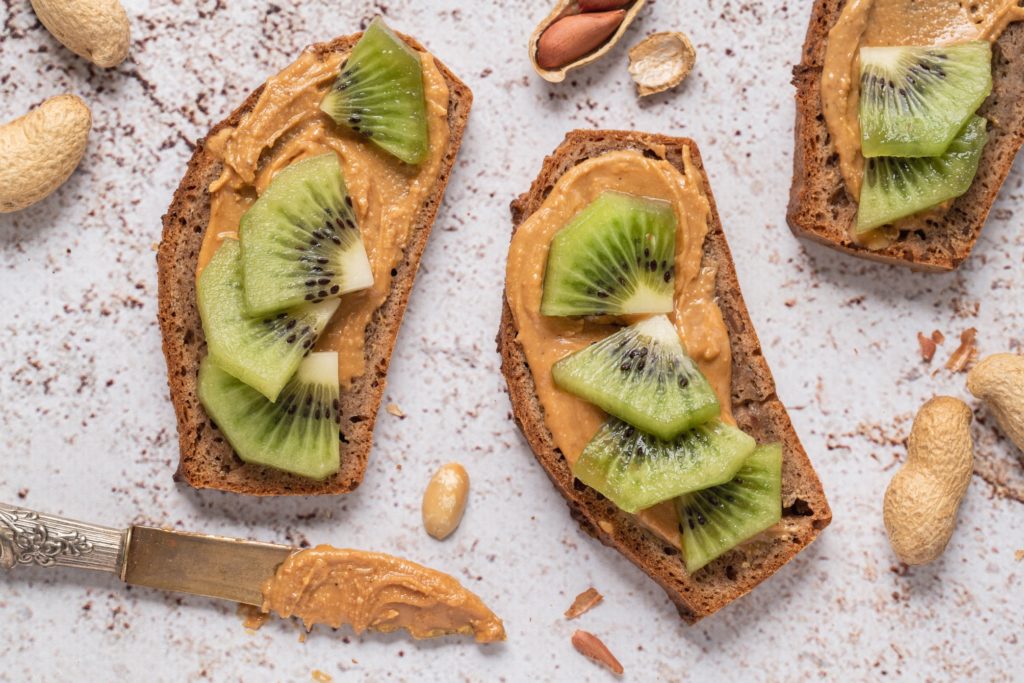
Are you aware of the products you choose when you go to the greengrocer or when you buy vegetables on the supermarket shelf? Not everything that is offered is appropriate for that time of year. Each one has its own maturation process according to the circumstances of the area in which it is grown and, therefore, its optimum point for harvesting and consumption. The problem is that in the supermarket we can find some products throughout the year, so we do not know when is really the appropriate season. And, although there are official seasonal fruit and vegetable calendars for Spain, it is convenient to take into account certain aspects.
A matter of hemispheres
We are used to the fact that at this time most Spanish supermarkets and greengrocers begin to offer us products associated with the hot months such as strawberries and cherries. However, if we look at certain points of sale we can also find them during other months of the year. Why? The products of the field do not grow according to what the calendar indicates, but according to time and temperature . There are fruits associated with warmer and colder periods.
And hence the explanation of the areas of the planet. The growing cycle that we have in Spain is not the same as that of a country in which summer corresponds to different months. In Chile or Brazil they are on the beach when we receive the New Year wrapped in wool jackets. For this reason, in these countries the growing cycle is the reverse of ours. Those foods grown in those countries are also seasonal products with all their nutrients and benefits, you just have to import them.
Seasonal, yes. Environmental impact, too
The consumer must face the decision to choose products that are in season in Spain, and thus benefit the closest farmer , or choose the products that come from outside that are from season in their respective places of origin. The decision is free but the consequences for the environment must be clear. It is not the same to transfer a product from a Murcian orchard to a supermarket in Alicante than to bring a few kilos of strawberries from the other side of the planet to Madrid.
And we are not only talking about transport by sea or air. For the fruits to arrive in an optimal state, they have to go through a packaging process in which the plastic comes into play. Every time we find more plasticized zucchini in the supermarket, and this has caused denunciation movements on social networks such as #Desnudalafruta. However, there is much more that we do not see: all the plastic used in the movement of food that crosses thousands of kilometers.

The two key ‘S’: taste and health
Seasonal fruits and vegetables usually have a taste much better since they are at the peak of their maturity. This has an explanation. The ripening cycle of fruits, whether they need cold and rain or heat and sun, directly influences their appearance and taste. Its optimal point is the one that respects its natural cycle, so its flavor and properties are better.
When a food is acquired whose maturation process is not correct, or it has been adulterated with fertilizers and other chemicals , there is a direct impact on our health. This problem is particularly concentrated in the skins of some fruits. In fact, some experts in the field question the benefits of eating the skin with fruit to acquire all its benefits since that skin is sometimes contaminated.
Seasonal fruits in Spain
- Avocado Grapefruit Orange
- Lemon Apricot Nectarine
- Cherry Breva Banana
- Currant Plum Kiwi
- Raspberry Apple Pineapple
- Strawberry Peach Medlar
- Pear Papaya Watermelon
Vegetables and seasonal vegetables in Spain
- Chard Artichoke Celery
- Eggplant Pumpkin Zucchini
- Onion Chives Asparagus
- Spinach Green bean Lettuce
- Turnip Green pepper Leek
- Beet Cabbage Tomato
- Carrot Cucumber
The best recipes with seasonal fruits and vegetables
Don’t forget to include them on your shopping list to make some of the delicious recipes that these seasonal fruits and vegetables allow! Chef’s tip. Add a bit of a nut cream to a fresh fruit.
